LG washing machine drum squeaks
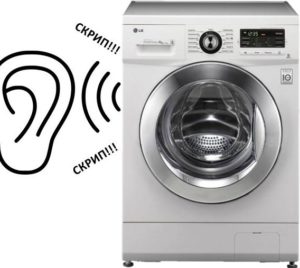 The vast majority of LG washing machines are equipped with a direct drive inverter motor. Due to this design feature, machines experience typical manifestations of malfunctions with atypical causes. For example, the creaking of a drum. In belt-driven washing machines, squeaking can be caused by various factors, but in LG inverter machines, the cause is the same in ninety percent of cases. Let's find out why the LG washing machine drum creaks.
The vast majority of LG washing machines are equipped with a direct drive inverter motor. Due to this design feature, machines experience typical manifestations of malfunctions with atypical causes. For example, the creaking of a drum. In belt-driven washing machines, squeaking can be caused by various factors, but in LG inverter machines, the cause is the same in ninety percent of cases. Let's find out why the LG washing machine drum creaks.
Unusual source of squeaking
First of all, let's look at the source of squeaking, which is atypical for collector washing machines, but quite understandable for LG washing machines with direct drive. Machines with an inverter engine often begin to creak when the drum rotates due to the fact that the tachometer catches the wall of the cover covering the motor. You can check if this is the case as follows:
- de-energize the SMA, disconnect from communications;
- move the unit away from the wall to have free access to the rear wall of the housing;
- Unscrew the screws holding the back panel and remove it;
- directly in front of you you will see a round cover covering the inverter motor. Loosen the locking element located in the center of the cover;
- rotate the washing drum by hand. If you don’t hear a squeak when rotating, it means the repair path has been chosen correctly.

The problem lies precisely in the design of the unit. The Hall sensor is located on the edge, directly next to the engine cover. After some time of operation, the bearings may wear out, and non-critical play appears.
The tachogenerator catches the lid with its edge, which is why an unpleasant creak occurs.
Savvy users immediately found a way to deal with the problem with their own hands. Craftsmen simply remove the cover covering the motor and inspect the place where the Hall sensor catches the iron. Use a file to remove the plastic protrusion, which does not have any effect on the operation of the tachometer, and put all the elements in place.
Of course, you can start a major overhaul and change the bearings. However, with such a small backlash, the machine can work uninterruptedly for at least 5 years. Therefore, before undertaking labor-intensive replacement work, it is better to assess the situation well.
Typical sources of squeaking
What other reasons could there be for the drum to spin with a squeak? Let's talk about typical breakdowns that lead to this. The washing machine may grind during operation due to:
- rusted bearings;
- foreign objects getting under the drum;
- damage to shock-absorbing springs, reducing their fixing properties.
What to do in this or that case, how to diagnose the malfunction, we’ll talk further. We will analyze in detail each reason and ways to repair an LG automatic machine. Do not forget about safety precautions, be sure to turn off the washing machine from the network and turn off the inlet tap before starting work.
Shaft or bearing problems
The drum shaft is placed in the tank on bearings. Also an integral element of the design is the oil seal - a rubber seal that prevents water from entering the bearings. Over time, the oil seal may dry out and cracks may form on it. Then moisture seeps into the bearings and they begin to rust. Rusty bearings will cause the drum to squeak when rotating.. Repair work cannot be delayed, otherwise the washing machine will soon fail completely.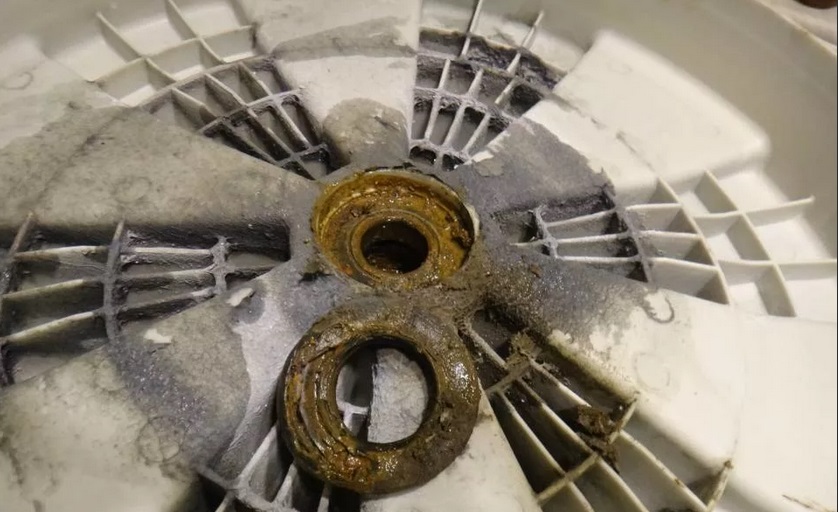
As for the shaft, after several years of operation or due to poor-quality factory assembly, the bolts securing it may become loose. This leads to the drum being unbalanced and it begins to grind and creak. To fix the washer, just tighten the loose bolts securing the shaft.
The main sign that allows you to understand that the problem is in the bearings is rusty smudges on the body of the machine.
Foreign objects are to blame
The source of the nasty grinding noise can be beads, “dogs” from locks, coins, buttons, bra underwires and other foreign objects that have fallen into the cavity between the tank and the drum of the automatic machine. After starting the wash, embroidery, buttons and other small items may come off from items. To find the accessories that cause the drum to grind and rattle, you will have to disassemble the washer a little. This process is simple; anyone can do it with their own hands:
- turn off the power to the machine;
- remove the back wall of the case;
- find the place where the heating element is attached, disconnect the wires leading to the heater;
- unscrew the fixing nut and remove the heating element from the washer.
You can stick your hand into the resulting hole and remove all the items from the tank. To prevent things from getting inside the machine, constantly check the cuff and drum for foreign objects and debris.
If you have a strong suspicion that there is something between the drum and the tank, do not delay checking. Otherwise, a foreign object may damage the tank and the washing machine will begin to leak from below.
Damping system is faulty
The springs holding the drum begin to creak the most after the “Spin” starts. When the washing machine begins to shake, spinning clothes, the shock absorbers rub at the mounting points, producing an unpleasant grinding noise. To find out if this is the case, turn on the wash after removing the top cover of the LG machine. When the washer squeaks, try pressing on the springs, pressing them.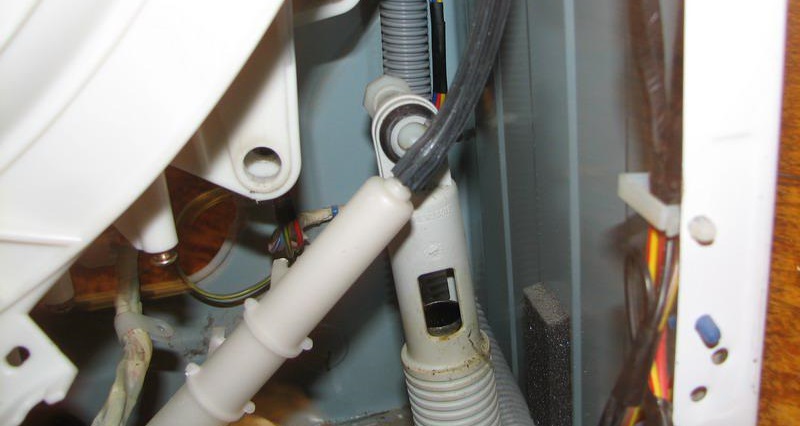
If the “strumming” stops, then the problem is really in the shock absorbers. It is necessary to lubricate the springs where they are attached to the body.
The second option is that the springs are very worn out, so they cannot properly fix the tank; it begins to sway and hit the walls. When washing without a top panel, keep an eye on the tub. If the shock absorbers have visible damage, parts should be replaced.
Interesting:
Reader comments
- Share your opinion - leave a comment
Categories
Washing machine repair


For buyers

For users

Dishwasher

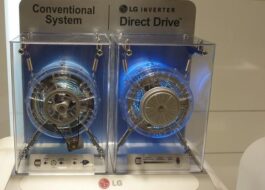
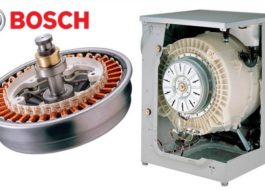
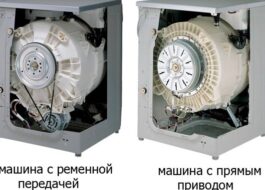
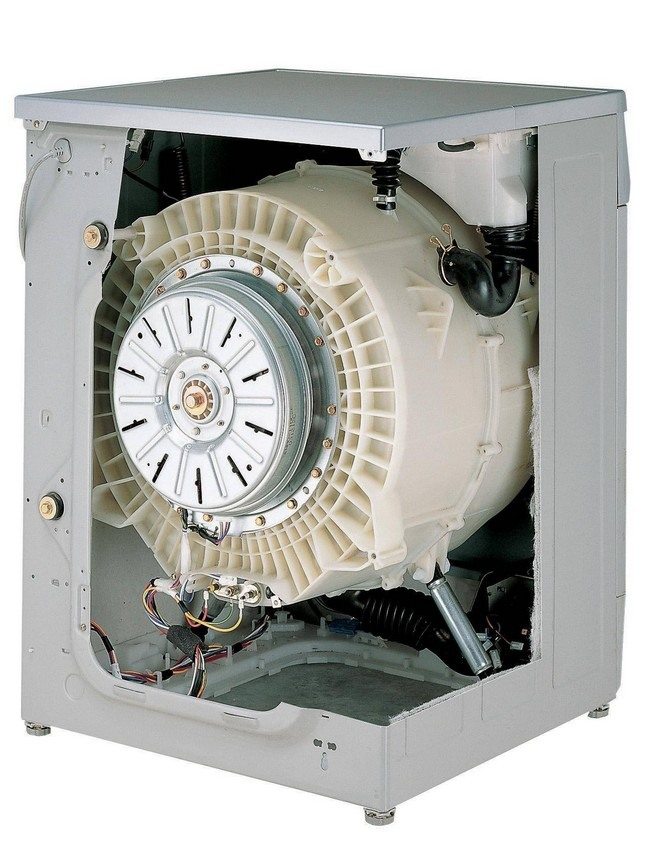
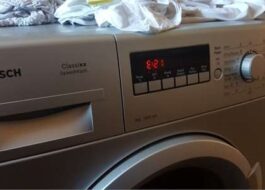











Add a comment